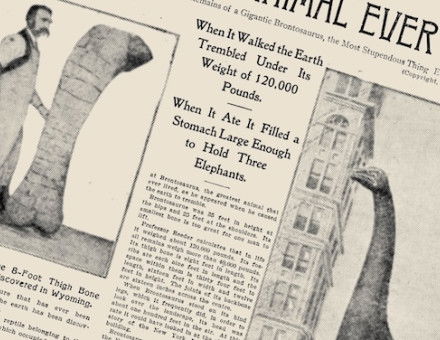The Ideal of Unity
Russell Chamberlin examines the origins and development of Europe’s persistent vision of unity from the birth of the Holy Roman Empire to its fall.
‘Neither holy, nor Roman, nor an empire’. Voltaire’s gibe about the Holy Roman Empire was literally true but, like all such glib gibes missed the essential point. For a thousand years people believed it existed or thought it ought to exist. For a thousand years, as they tore at each other in fratricidal wars, Europeans nevertheless nursed the idea of a unity that would bind, not destroy, their racial identities. The Treaty of Rome of 1957, which established the European Economic Community, might lack the drama of the events of Christmas Day, 800, but it shared the same dynamic, and the Treaty may yet prove more durable than the crown.
On that day, Karl der Grosse, King of the Franks, King of the Lombards, Patrician of Rome, better known to English and French posterity as Charlemagne, had bent in prayer in the basilica of St Peter’s in Rome. He was startled (so he said later) when, without warning, Pope Leo III advanced and placed a circlet of gold on his head. The congregation, in a well-rehearsed chorus, acclaimed him as Roman law prescribed, ‘To Carolus Augustus, crowned by God, mighty and pacific emperor, be life and victory’.





